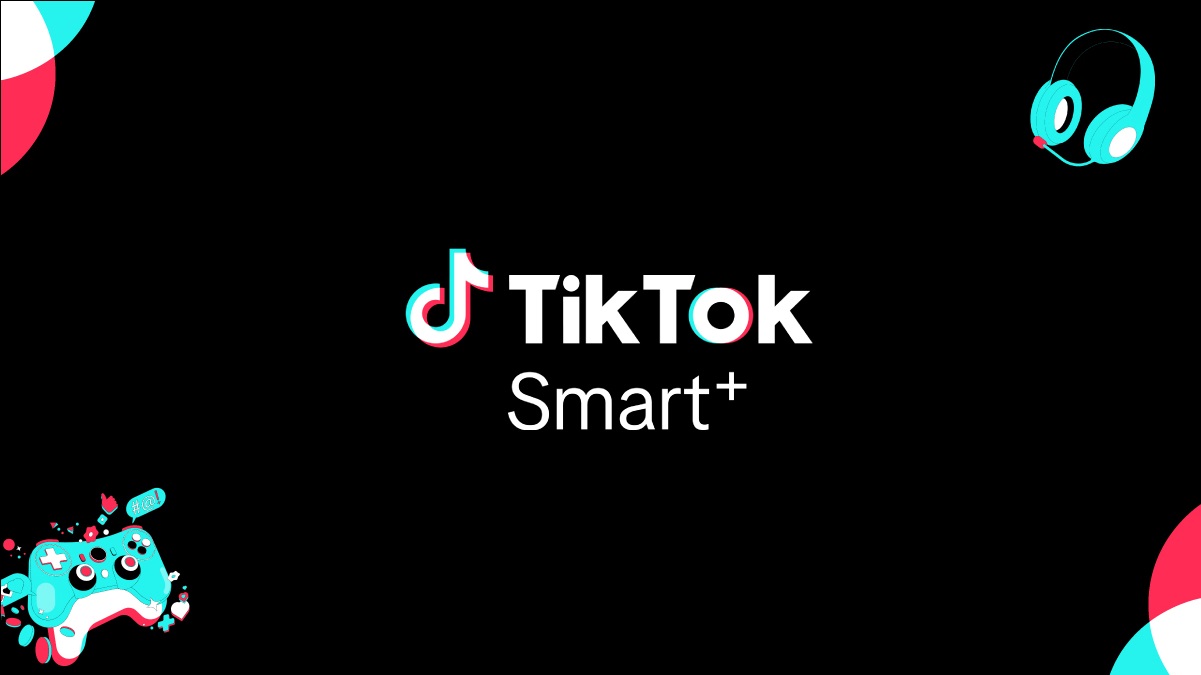By Adrienne Erin
Content isn’t a passing trend – it’s an effective way of connecting with a target market in a way that provides actionable, relevant information on an ongoing basis. Because of its effectiveness, it’s probably a large part of your marketing strategy. It helps your brand focus and connect with potential clients, customers and online followers in a way that just wasn’t possible before.
However, content alone – text-based content that is – might not be enough. Recently, companies have seen an increase in engagement and activity based on visual content and have started to add it to their content marketing strategies. While visual content may take on a variety of forms, it’s more than just slapping any picture onto a blog post and calling it a day; at least, it should be if results are of any concern.
Why Visual Content Matters
The use – and therefore need – of visual content and image-based marketing has become more widespread and apparent than ever before. Not sure if you’d agree? Check out these statistics that prove the need for visual content marketing:
- Almost two-thirds of social media posts are comprised of images, 63% to be exact according to a study released earlier this year.
- Online users interact with visual content in a way that makes them more likely to share it than standard text-based content. In fact, almost half of Internet users have reposted a photo or video that they found somewhere online or on social media. Furthermore, over half have posted photos or videos that they created on their own.
- When content is combined with images, it receives 94% more views – on average – than text-based content alone. More views mean more traffic, higher SEO rankings and more potential for conversions.
- Social media content receives more attention and engagement based upon whether images are present or not. For example, a tweet with an image is 150% more likely to be retweeted than a standard post.
We live in a visual society. This means that your target customers are more likely to be attracted to information when presented in a visual format. Think of the rise in memes, infographs and other “new” post structures, it’s happening for a reason.
The draw is there, but, is there more? Are their visual content tools that could help you use images more effectively? The simple answer is yes. Keep reading to learn more.
Content Types
The term “visual content” means more than a standard image. However, far too often, that’s where it stops for marketers who are busy creating content. The “okay, the post is done, let me find a stock photo to compliment it” thought is far too common and, more importantly, ineffective.
Visual content, as discussed in this article, could refer to a standard stock image, but, it could also refer to:
- Customized photography – taken on your own
- Visualized data – graphs and other charts that sum up complicated ideas or numbers
- Infographics – taking complex ideas and making them easy to follow and digest
- Video – think of the rise in YouTube views over the last year
- Screenshots – effective for how-to posts and visual demonstrations
- Memes and Comics – why not use a little humor? – and more
The scope of “visual content” is expanding daily; is your marketing strategy evolving with it?
Tips and Tools for Visual Content Success
With a deeper understanding of the potential of visual content and the many forms it can take on, it’s important to recognize that there are ways to enhance your content even further.
Grids and Frames
Grids and frames are easy to come by and add a touch of professionalism to any photo. By layering multiple photos of different sizes with an overlay of text, you can take a boring image to the next level.
Multiple photos can enhance the idea behind the post and give a deeper, more full sense of understanding while increasing the overall appeal. Tools like Pic Collage can be downloaded for free, making collages easier than ever to create.
Filters
Gone are the days of depending upon natural light or a keen sense of design. Anyone can become an artist, that includes any marketer looking to add a little pizzazz to a photo or other visual tool. By playing with the lighting, a photo can reach different emotions. Even better, when a brand uses the same filter consistently, it can become a part of the branding process, increasing recognition when an image is shared on social media or elsewhere.
Tools that are easy to use and effective in adding a little depth to images include Instagram, Litely and Snapseed.
Consistency
Just like any other aspect of branding, visual content is a science that relies upon consistency. When a brand is not consistent, the overall appeal and recognition begins to diminish. Consistency doesn’t just mean using the same two colors, it also applies to:
- Messaging and use of brand-specific writing styles
- Logo usage and positioning
- Texts and fonts used online and on hard-copy collaterals
- Display of the URL (i.e.: http://www.SAMPLE.com, www.SAMPLE.com or SAMPLE.com)
- Filters, as mentioned above
- Social media activities – regular posting schedules, information shared, formatting and so on, and so much more
- Consistency is critical for visual content – and general branding – success.
Visual content is a critical aspect of any content marketing plan. It is an effective way to increase engagement, to drive interaction and to promote your brand online. However, it’s not something to do lightly or without a plan. Consider the guide above when getting started and think about ways to take your current marketing plan further.





